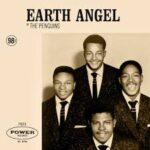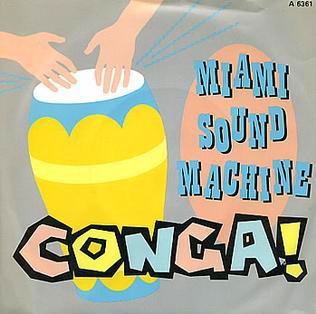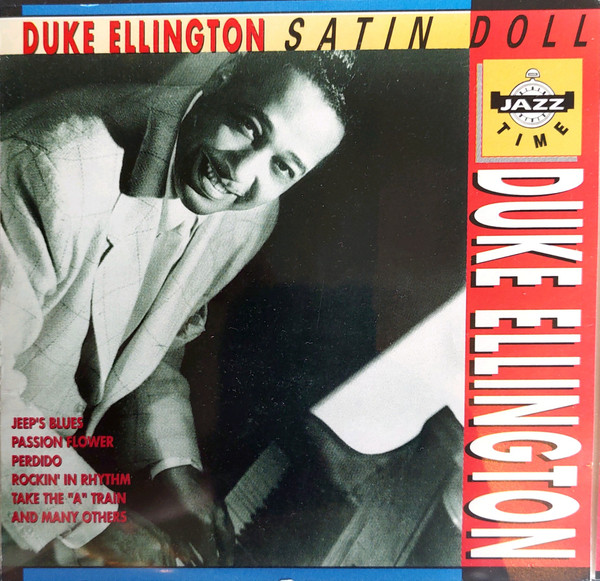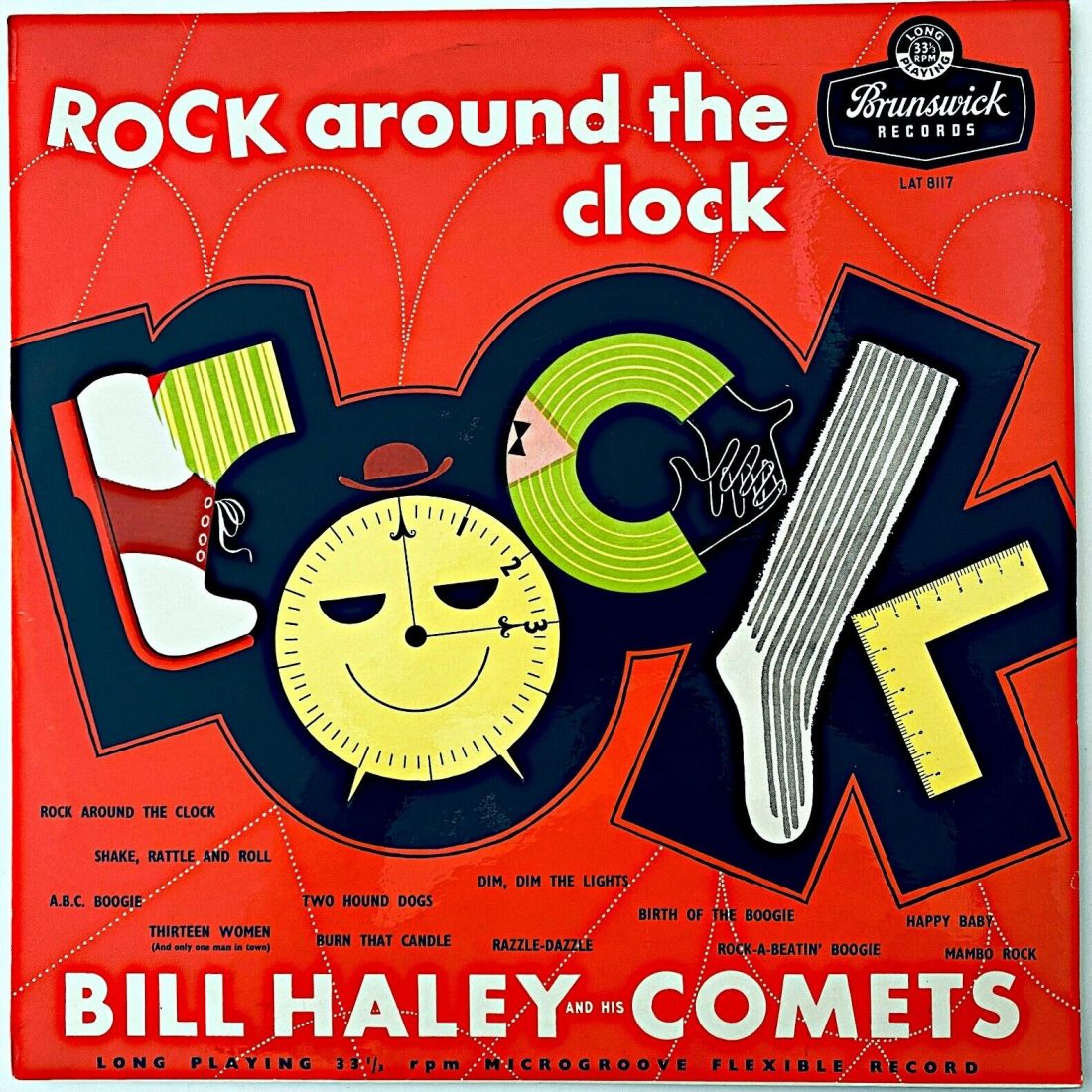 Long before pop idols, boy bands, and prom anthems filled the airwaves, there was a song that set the stage for all of them. “Earth Angel (Will You Be Mine)” by The Penguins wasn’t just a chart-topping doo-wop ballad—it was a cultural heartbeat for postwar America, a song that captured the dreamy innocence and yearning of 1950s youth. Released in 1954, the song has since become one of the most iconic love songs ever recorded, representing not only the golden age of doo-wop but also the emotional awakening of teenage America. It wasn’t loud, it wasn’t flashy—but its sincerity and sweetness resonated across decades, becoming a cornerstone of pop culture and a nostalgic emblem of young love.
Long before pop idols, boy bands, and prom anthems filled the airwaves, there was a song that set the stage for all of them. “Earth Angel (Will You Be Mine)” by The Penguins wasn’t just a chart-topping doo-wop ballad—it was a cultural heartbeat for postwar America, a song that captured the dreamy innocence and yearning of 1950s youth. Released in 1954, the song has since become one of the most iconic love songs ever recorded, representing not only the golden age of doo-wop but also the emotional awakening of teenage America. It wasn’t loud, it wasn’t flashy—but its sincerity and sweetness resonated across decades, becoming a cornerstone of pop culture and a nostalgic emblem of young love.
The Birth of a Timeless Sound
Recorded in Los Angeles by a little-known group called The Penguins, “Earth Angel” was originally just the B-side of their single “Hey Senorita.” The song was written by the group’s baritone, Curtis Williams, with help from Jesse Belvin and Gaynel Hodge—two musicians who had also been part of another local doo-wop outfit, The Hollywood Flames. At the time, The Penguins were just another street corner group trying to make their mark in a rapidly evolving R&B scene dominated by acts like The Clovers and The Dominoes.
But “Earth Angel” had something none of those songs quite captured: vulnerability. From the first tender harmonies to the lilting plea of lead singer Cleveland Duncan’s voice, it felt raw and real. It wasn’t just a performance—it was confession through melody. The song was recorded on a shoestring budget at a small garage studio, yet its imperfection was part of its charm. The slight tape hiss, the faint echo of handclaps, and the earnest harmonies made it sound human—something to hold onto.
A Meteoric Rise from B-Side to Cultural Touchstone
Initially dismissed by their record label as the weaker side of the single, “Earth Angel” began gaining traction thanks to local DJs in Los Angeles who couldn’t resist its hypnotic pull. Once it hit the airwaves, the reaction was explosive. Teenage listeners called in nonstop to request it, record stores couldn’t keep copies in stock, and within weeks, it had spread across the country.
By early 1955, “Earth Angel” had reached No. 1 on the Billboard R&B chart and climbed to No. 8 on the pop chart—a remarkable crossover achievement during an era still marked by racial segregation in radio programming. This wasn’t just a song; it was a bridge. White and Black teenagers alike fell in love to its tune, danced to it at school gymnasiums, and played it on jukeboxes in diners and drive-ins.
Its influence was immediate and immense. “Earth Angel” helped define the doo-wop sound that dominated mid-1950s pop culture: smooth harmonies, romantic lyrics, and the blending of R&B rhythms with pop sensibility. Without it, there might never have been room for acts like The Platters, The Drifters, or even the early Motown groups who would follow in its melodic footsteps.
The Soul of Doo-Wop and Teenage America
To understand the importance of “Earth Angel,” one has to grasp what doo-wop meant in the 1950s. It was music of the people—born from street corners, schoolyards, and church basements. Groups would gather under lampposts, harmonizing a cappella just to hear the echoes bounce off brick walls. “Earth Angel” captured that essence perfectly.
It wasn’t just about the girl the singer was serenading—it was about every crush, every dance, every teenage moment of uncertainty. The lyrics are simple but profound:
“Earth angel, earth angel, will you be mine?
My darling dear, love you all the time…”
That repetition, that gentle plea, feels eternal. It’s love distilled to its purest, most innocent form. At a time when much of popular music was still written by professionals in New York’s Brill Building, The Penguins’ heartfelt delivery made it feel authentic. It wasn’t a polished studio act—it was real people singing about real feelings.
Breaking Barriers and Crossing Generations
“Earth Angel” did more than sell records—it broke cultural and racial barriers. In an era when music charts were segregated, its success on both R&B and pop charts demonstrated that love songs could transcend those divisions. For many white teenagers, this was one of the first Black vocal group records they heard, and it introduced them to a world of rhythm and blues that would soon evolve into rock ‘n’ roll.
The song’s crossover success inspired labels to seek out and promote more Black artists to wider audiences. It played a quiet but crucial role in shaping the early rock era, setting the stage for artists like Chuck Berry, Little Richard, and Fats Domino to break into mainstream consciousness.
Even more impressively, “Earth Angel” never faded. It was rediscovered by new generations time and time again—most famously in Back to the Future (1985), where it underscores one of the film’s most emotionally pivotal scenes: the Enchantment Under the Sea dance. As Marty McFly’s parents share their first kiss, “Earth Angel” swells in the background, symbolizing not just love but destiny. For millions of moviegoers, it became the sound of romantic magic frozen in time.
Behind the Melancholy Magic
Cleveland Duncan’s voice carries the weight of the song. His tone is soft yet pleading, his vibrato fragile but soulful. What makes “Earth Angel” resonate isn’t technical perfection—it’s emotional honesty. You can hear the hope, the fear, and the desire to be loved back.
Unlike many later doo-wop hits that leaned into upbeat tempos or gimmicks, “Earth Angel” slows things down, inviting listeners to sink into its dreamy rhythm. The song almost feels like it’s suspended in midair, floating on the edge of heartbreak and bliss.
Behind the scenes, The Penguins themselves were living proof of how hard it was for young Black artists to hold onto success in a turbulent industry. Despite selling millions of copies, they struggled with mismanagement, bad contracts, and the harsh realities of the record business. They never managed to replicate the success of “Earth Angel,” but that single song cemented their place in music history.
The Power of Simplicity
What makes “Earth Angel” endure after seventy years? Simplicity. The chord structure is basic, the melody instantly memorable, and the harmonies familiar—but that’s exactly what gives it its power. It speaks to the universal experience of love: uncertain, hopeful, unguarded.
The beauty of “Earth Angel” lies in how it feels both specific and timeless. It could be playing on a jukebox in a 1950s diner or through a Bluetooth speaker at a modern wedding, and it would feel just as poignant. It’s that rare kind of song that collapses time, making listeners of any era feel like teenagers again—nervous, enamored, and filled with dreams.
The Penguins might not have known it at the time, but they’d created something that would echo forever. Their sound would inspire everything from Motown’s lush vocal arrangements to the harmonies of The Beach Boys and beyond. Even modern artists—whether it’s Bruno Mars evoking vintage R&B or Leon Bridges channeling retro soul—owe a quiet debt to the emotional blueprint “Earth Angel” laid down.
The Legacy of a Doo-Wop Dream
“Earth Angel” isn’t just a love song; it’s a snapshot of America coming of age. It represents the birth of youth culture—the idea that teenagers had their own emotions, desires, and musical identity separate from their parents. Before Elvis made rock ‘n’ roll dangerous, The Penguins made it tender.
The song also cemented doo-wop as a defining sound of the decade, shaping everything from radio playlists to movie soundtracks. Its DNA can be found in the harmonies of The Temptations, the yearning of early Beatles ballads, and even in 21st-century pop where nostalgia for simpler, more innocent love stories still thrives.
In 2004, Rolling Stone included “Earth Angel” in its list of the 500 Greatest Songs of All Time, and it was later inducted into the Grammy Hall of Fame. These honors are fitting, but the song’s real legacy lives in the millions of hearts that have been stirred by it over the years. Every time it’s played at a school dance, wedding, or retro night, it brings people together—just as it did in 1954.
A Melody That Refuses to Fade
“Earth Angel” stands as one of the most enduring examples of how simplicity can create universality. The Penguins might have faded from the spotlight, but their song has outlived nearly every trend in popular music. It bridges doo-wop, early rock, R&B, and pop—all through a message that never grows old: the hope of being loved by someone who feels like your angel on Earth.
Its recurring appearances in film and television have only reinforced its immortality. From Back to the Future to The Karate Kid II, Happy Days to American Graffiti, it’s become cinematic shorthand for innocence and the power of love. There’s a reason filmmakers keep returning to it—it instantly transports audiences to an emotional space that feels pure and eternal.
Conclusion: The Song That Taught the World to Dream
“Earth Angel” by The Penguins is more than a hit single—it’s a time capsule of teenage longing, a musical whisper from an era when love was handwritten in notes and felt through shared glances. It didn’t rely on production gimmicks or celebrity flash; it was built on heart, harmony, and hope.
In a world that’s constantly chasing the next trend, “Earth Angel” reminds us of the timeless beauty of sincerity. The Penguins may have only brushed fame’s spotlight briefly, but their creation continues to echo through history, serenading every generation that falls in love.
It’s not just a song—it’s a heartbeat from the 1950s that still pulses through the veins of popular music. Every time those opening notes play, the world slows down just long enough for us to remember what love, in all its tender simplicity, truly sounds like.


